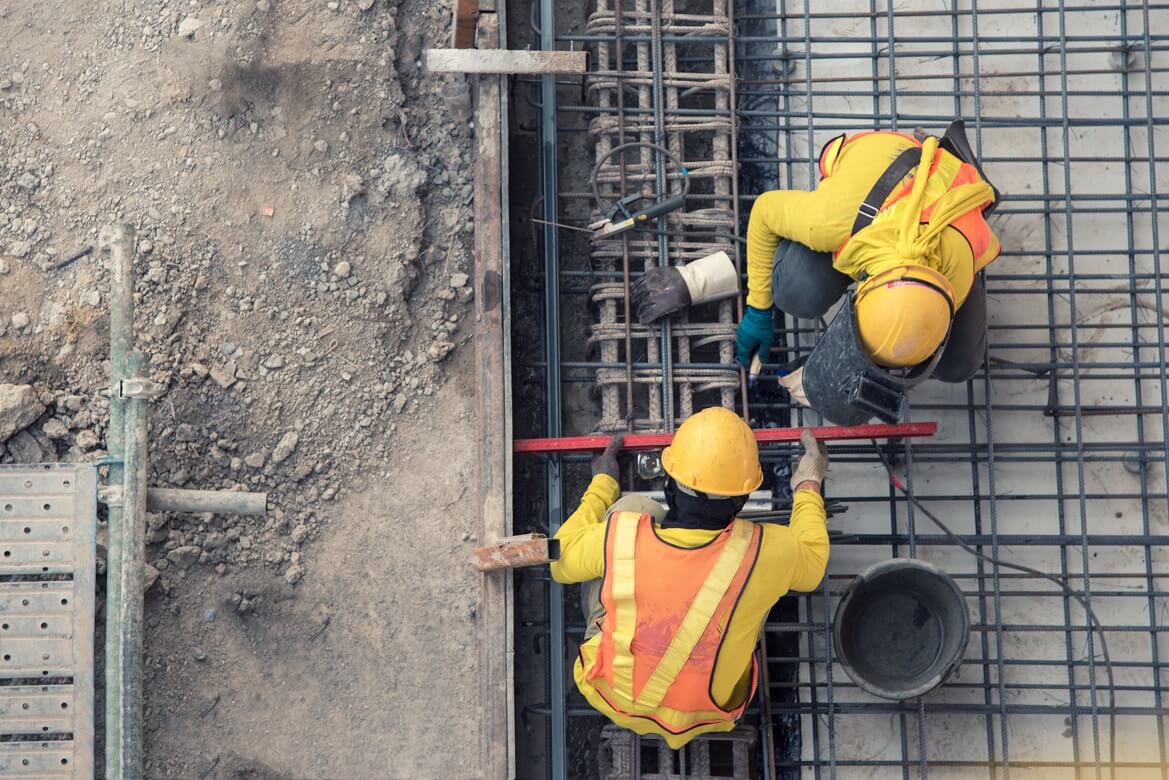Reinforced autoclaved aerated concrete (RAAC) has erupted as a major problem for schools but will social housing and council providers be next, asks Greg Carter.
RAAC was commonly used in the construction of government and local authority buildings during the latter half of the twentieth century, as well as in residential properties. This lightweight form of concrete was often used in the installation of roofs, floors, walls and also external cladding.
It has been known for several years now that RAAC is not as robust as traditional concrete, and is prone to deflection, cracking and other related problems. In addition, as a consequence of its porous nature, reinforced steel contained in RAAC is more vulnerable to corrosion which can lead to structural problems. There have been multiple reports of buildings which have suffered significant structural problems and collapse, the cause of which has been attributed to RAAC.
This problem is deemed sufficiently serious to have warranted the Local Government Association advising its members to check as a matter of urgency whether any buildings in their estates have roofs, floors, cladding or walls made of RAAC. The Department of Education has similarly issued guidance for schools to identify and to seek specialist advice to assess and manage RAAC constructed buildings leading the closure of more than 150 schools just days before the start of the new academic year. The Department of Health and Social Care has in the meantime already announced funding for the replacement of a number of RAAC built hospitals.
A government enquiry into the use of RAAC concrete in schools was launched last year and it was reported on 15 June 2023 that this inquiry is to be expanded in order to include the whole public estate, including residential buildings.
Expert chartered architect Philip Morris has advised that “the use of RAAC was quite endemic during 1950s – 1990s due to its innovative lightweight structural properties. Whilst it was indeed commonly used in government and local authority buildings including schools and hospitals, its use ventured further. I am aware from my own personal experience that it was used in the construction of both low rise local authority and private sector housing. High rise buildings would have required traditional dense concrete in the construction of the concrete load bearing frames. However, lightweight RAAC could well have been used as an external cladding material and, potentially also in the roof construction. This creates a number of potentially serious risks for building owners and housing associations who should check for the presence of RAAC in their buildings, as a priority”.
Specialist construction counsel Saleem Khalid of Deka Chambers has in turn advised that “unfortunately it appears as though RAAC is the latest in a line of significant building safety defects, which could potentially affect numerous residential, commercial and public buildings. The Building Safety Act 2022 may offer some assistance to residential owners via the Defective Premises Act in recovery and remedial claims for those affected by this problem, but limitation could be an issue, likewise with any available insurance coverage”.
TO DO
Limitation for pursuing a claim against culpable third parties (even assuming that such parties are still active) is likely to have expired in the case of many RAAC blighted buildings, or at least those built 30+ years ago. Other hurdles may make pursuing a claim to recover the cost of replacing or mitigating RAAC from culpable third parties problematic. However, a potential means of redress may lay in building owners current Building Insurance – at least for now.
Owners of buildings which contain RAAC should check as a matter of urgency whether they hold Building or other forms of insurance which will respond to claims for the cost of rectifying or mitigating RAAC and/or for losses associated with or consequential to this.
All insurance policies are different and they will have their own ‘triggers’ as to when a claim can be made. As a general rule though, if RAAC is found and is judged to be defective or potentially defective, this may be enough to enable the Building owner to make a notification under their Building Insurance Policy.
Building and other such policies of insurance are generally ‘claims made,’ meaning that they should respond to claims and, also, to circumstances that might reasonably be expected to lead to a claim in the fullness of time – provided that such claims or circumstances were properly notified to Insurers within the lifetime of the Policy – usually one year.
Whilst the extent of RAAC is not yet known, there is a reasonable suspicion that it is widespread. Some estimates put it as high as up to 10% of council housing. Accordingly, there a distinct possibility that Insurers may seek to exclude future claims for or arising from the presence of RAAC. In other words, whilst a building owner’s current Building Insurance might include cover for RAAC claims, when that Policy comes to an end and/or is renewed, Insurers may seek to exclude such cover for claims or circumstances relating to RAAC which are notified thereafter.
It is therefore very much in Building owners’ interests to be proactive, both in investigating the presence of RAAC and also, ascertaining:-
- Whether existing Building or other such Policies provide cover for RAAC claims.
- What the required ‘trigger’ is for making a notification of a claim or circumstance – for instance, whether a reasonable suspicion of RAAC is enough to notify, or whether this needs to be confirmed and/or confirmed to be defective.
Insurance law can often be a minefield, and therefore if there is any doubt as to Policy response, legal advice should be taken immediately. Inaction is not recommended.



